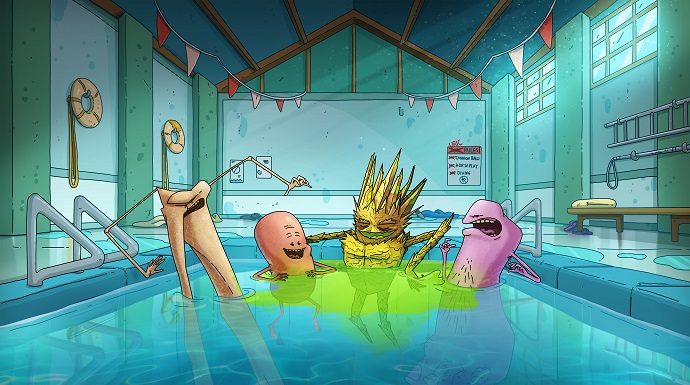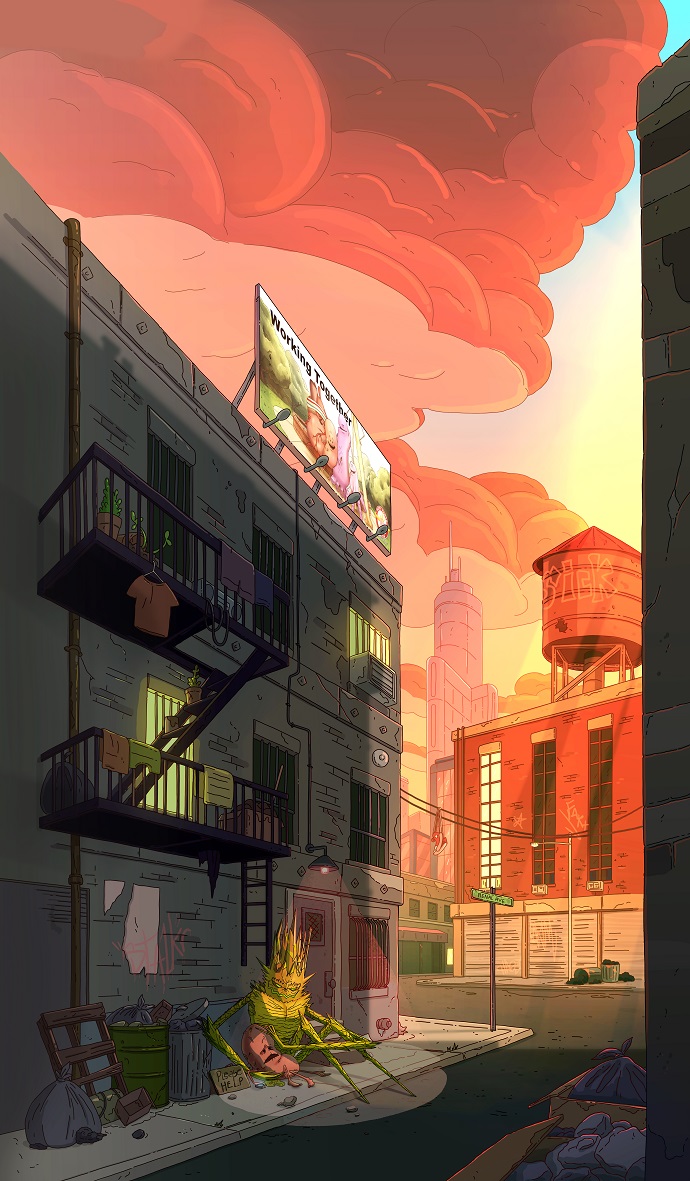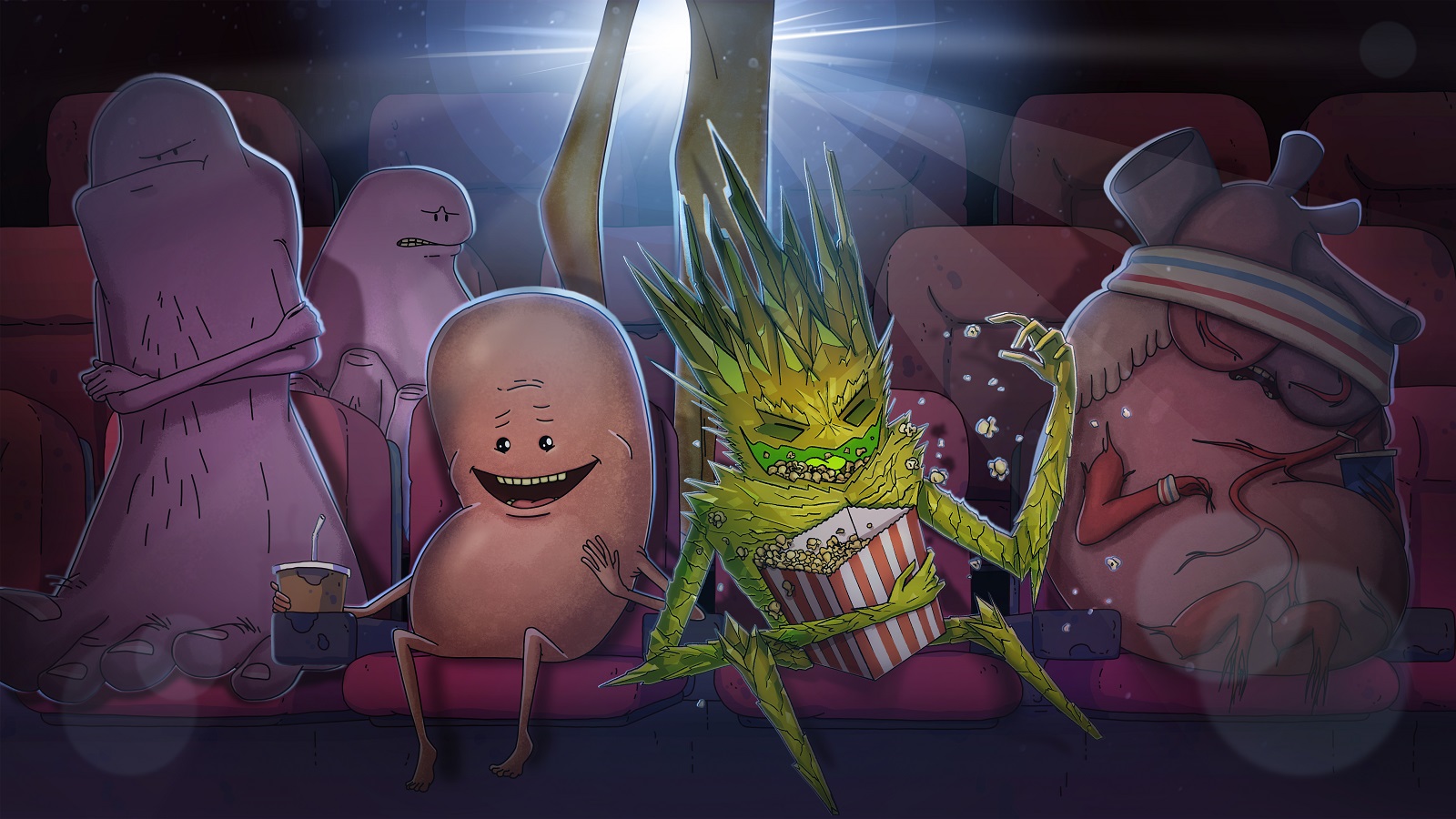By definition, a toxic relationship is a ‘friendship’ in which one is physically and emotionally damaged by their partner. The chances of you being the victim of an energetic vampire are high. Everyone has their own experiences. But after all this adventure, you certainly want to share with others what you went through so that you can help them avoid such a toxic person. This explains why when you Google “Signs that You are in a Toxic Relationship” you get plenty of articles. But let us tell you something: There aren’t enough words on this planet to explain how a toxic relationship can screw someone up. Fortunately, there is another way in which someone can define a toxic relationship: by using images.
This is exactly what Horizon Therapeutics plc did to define energetic vampires. Yet, Horizon’s goal wasn’t to explain what toxic relationships unfold in humans. What they tried to do — and we can only say that they actually succeeded — was to define the toxic connections that happen within one’s body. But by joining hands with creative agency AREA 23, the pharmaceutical company somehow managed to kill two birds with one stone.

Horizon launched “Down and Out Kidney,” a campaign to highlight the damaging effects associated with the accumulation of uric acid and gout in people with chronic kidney disease (CKD). In the context imagined by the New-York-based agency, the victim is portrayed by the kidney, while the energetic vampire is played by uric acid. The relationship between the two of them is described by a short animated video, where you can see how the two characters get along.
Being the key element inside the human body in this situation, the uric acid first contacts the kidney – which is the ‘contact person’ that filters uric acid from the body. Their relationship gets to be stronger by the day and we finally see them at a party, where the uric acid has the opportunity to interact with the other organs and implicitly, start affecting their well-being. The kidney’s best friends, such as foot, hand, bone, and heart, are all collateral victims of the kidney’s confidence in uric acid. The action of the film reaches its climax when we see the kidney’s pals as they lose the fight with the uric acid.

“As clinicians, we recognize that chronic kidney disease makes gout worse, though, in our training as nephrologists, gout is not discussed as a problem that should be urgently addressed,” said Payam Shakouri, M.D, a nephrologist at Advanced Kidney Care of Hudson Valley. “However, when you look at the data — that one in four moderate-to-severe chronic kidney disease patients has gout — it is clear we need to shift how we view and manage gout. The research implores us to recognize and address disease progression risks associated with gout in chronic kidney disease patients we see every day.”
“So much of the promotional work we do is clinical. ‘Down and Out Kidney’ gave the chance to breakthrough and humanize our disease state story. By personifying the kidney and the various body parts affected by gout and uric crystal deposition, we communicate a clinical story in a moving way,” said Steve Hennisch, Creative Director at AREA 23. “When you consider how passionate nephrologists are about the kidney, our approach makes a lot of sense. After all, doctors are human too. Why shouldn’t our story resonate emotionally?”
Uric acid has many gout victims. It also affects kidneys but, with a little extra care, you can stop this from happening. Diet and lifestyle changes may help lower the level of uric acid in your body. Also, there are plenty of treatments you can choose from to try to cure yourself. Plus, on the website that supports the campaign, you can find other treatment options that may prove very useful to you.
Credits:
Client: Horizon Therapeutics plc
Agency: AREA 23
CCO: Tim Hawkey
GCDs: David Adler, Jason Graff
CDs: Steve Hennisch, Leah Kabrhel
Producer: Jack Hogan
Account: Tom Sudovar, Amy Spence, Lir Dimanstein
Animation Studio: Hornet
Sound/Score: Canja
